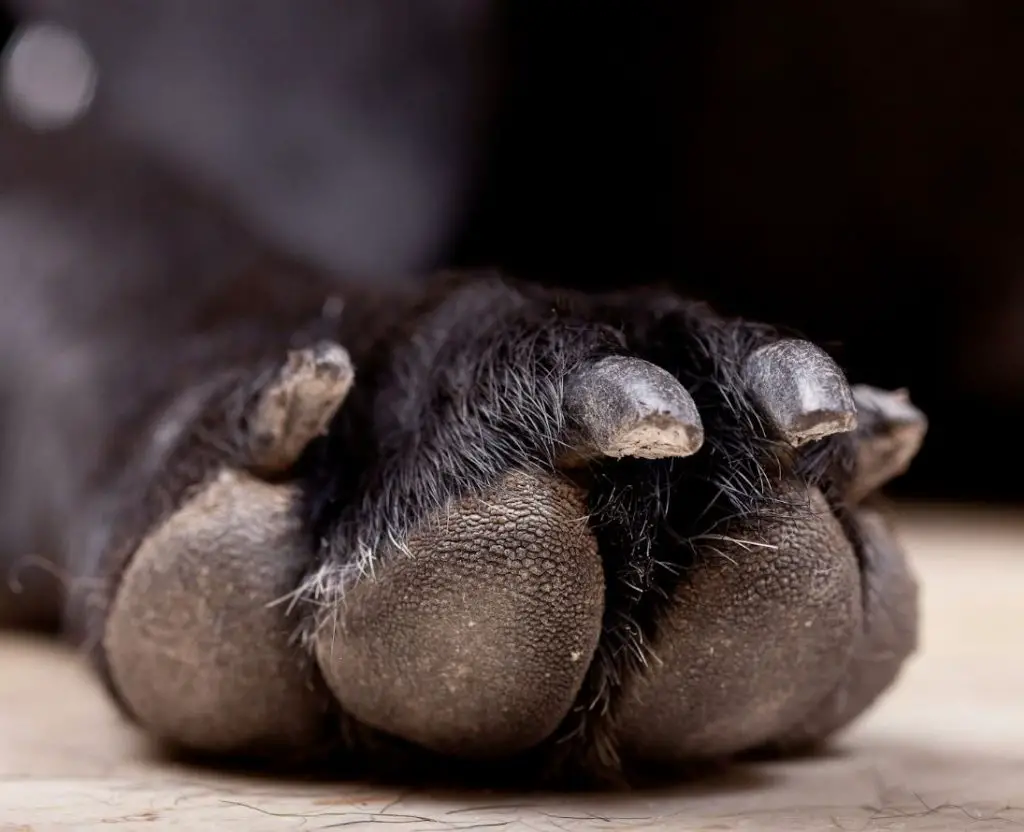Dogs are beloved companions, cherished for their loyalty and affection. However, despite their amiable nature, many dogs exhibit apprehension when it comes to nail cutting, a routine grooming task. In this article, we delve into the reasons behind dogs’ aversion to nail trimming and offer practical strategies to alleviate their anxiety.

Reasons why dogs don’t like their nails cut:
- Sensitive Paws: Dogs possess highly sensitive paws, making nail cutting a potentially uncomfortable experience. The quick, a bundle of blood vessels and nerves within the nail, lies close to the surface in canines. Accidental cutting of the quick can cause pain and distress to the dog.
- Instinctual Response: Canines have an inherent instinct to safeguard their paws. In the wild, their survival often depends on the integrity of their paws, which are susceptible to injury. Consequently, dogs may instinctively resist any attempts to handle or manipulate their paws, including nail trimming.
- Past Traumatic Experiences: Previous negative encounters with nail cutting can significantly impact a dog’s perception of the activity. Instances of nails being cut too short or the quick being nicked can create lasting associations of pain and discomfort, leading to reluctance or fear during subsequent grooming sessions.
What to do if your dog dislikes nail cutting:
- Avoid Force: Forcing a dog to endure nail cutting against its will only exacerbates its anxiety and erodes trust. Respect your pet’s discomfort and refrain from coercive measures.
- Gradual Acclimatization: Introduce your dog to nail trimming gradually, desensitizing them to the sensation of having their paws handled. Start with brief, gentle touches, followed by rewards such as treats or praise. Gradually extend the duration of paw handling sessions over time.
- Positive Reinforcement: Transform nail cutting into a positive experience for your dog by employing gentle, reassuring gestures. Offer treats and verbal praise to reinforce calm behavior and create positive associations with the grooming process.
- Take Breaks: Pay attention to your dog’s body language and demeanor during nail trimming sessions. If signs of distress or agitation emerge, take a break to alleviate their anxiety before resuming the grooming task.
- Seek Professional Assistance: If attempts to acclimatize your dog to nail cutting prove challenging, seek guidance from a professional dog groomer or veterinarian. These experts possess the necessary skills and experience to manage canine anxiety effectively and ensure a stress-free grooming experience.
Understanding why dogs dislike nail cutting is crucial for promoting their well-being and fostering a positive relationship with grooming activities. By respecting their sensitivities, employing gentle techniques, and seeking professional assistance when needed, pet owners can help alleviate their dog’s anxiety and facilitate a more comfortable nail trimming experience. Patience, consistency, and a compassionate approach are key to nurturing a trusting bond between dogs and their caregivers.
